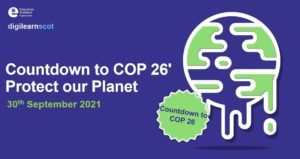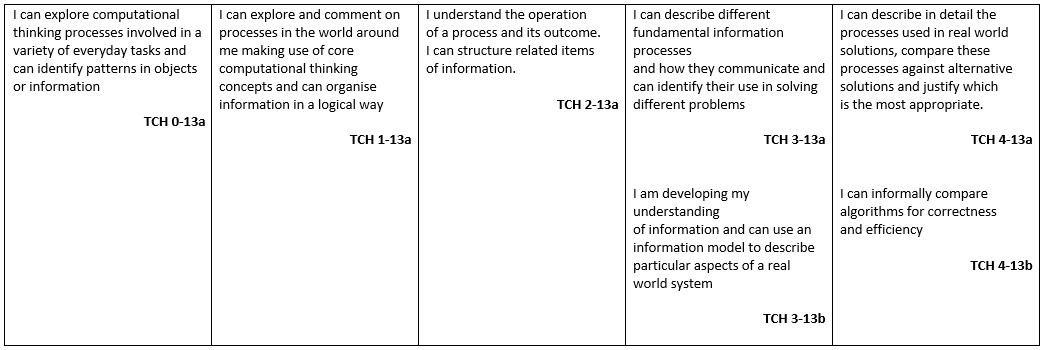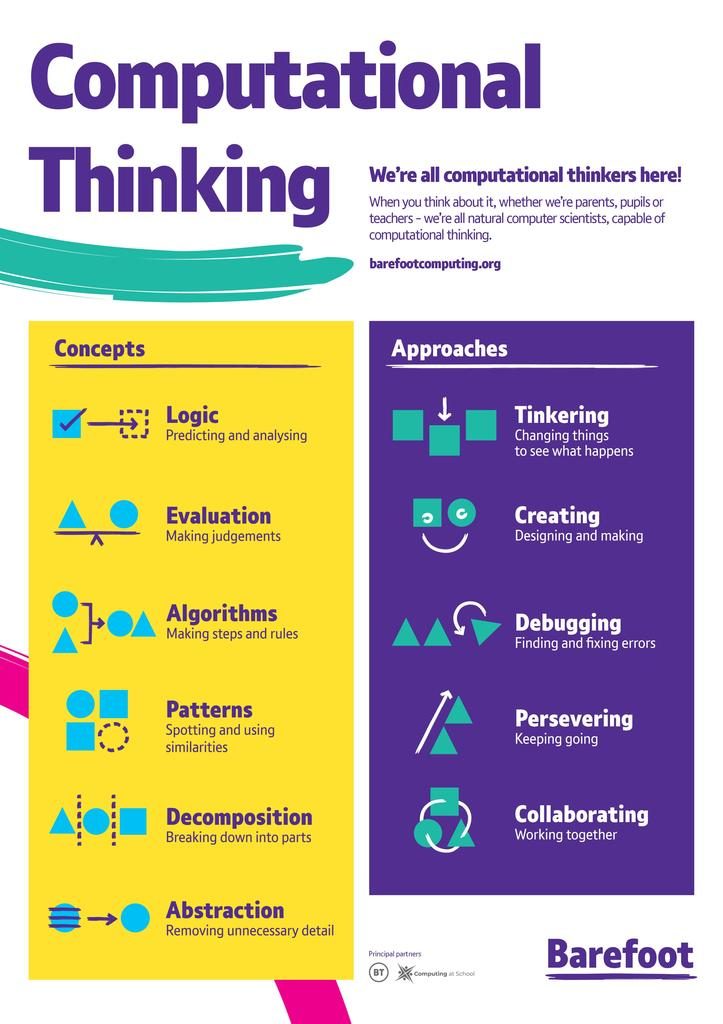There are lots of nifty gadgets out there that can help and one of the best and most underused is the humble Bee-Bot. Sturdy enough to cope with enthusiastically sticky hands yet sophisticated enough to demonstrate simple programming, Bee-Bots are a brilliant option. In our school, P4 learned to program using Bee-Bots, initially by using paper ‘fakebots’, available free from Barefoot Computing, to design and debug before moving onto the real thing. Problem-solving and collaborative working were in plentiful supply as children sought out and tested their own solutions.
Once confident in their programs, P4 created some furry costumes and story mats and, in the era before class bubbles, they were able to head to nursery to teach the younger children what they had learned. Big fans of ‘Going on a Bear Hunt’ by Michael Rosen, the Bee-Bots became bears and the nursery children learned how to program the bears to go through the swishy grass and oozy mud, just like in the story.
This is a small example of how computing science can open doors to learning and collaboration across the curriculum and across your school. It is a great leveller, a chance for children to shine in unexpected ways when the pursuit of a logical solution becomes a shared goal.
Computational thinking doesn’t require lots of resources or even constant access to a computer. It’s not about ‘doing coding’. We can grow problem solvers, careful sequence checkers, creative thinkers and logical predictors long before the word ‘algorithm’ is ever mentioned.
Showing children and young people how machines work, drawing back the curtain on the ‘magic’ and opening their eyes to the amazing and inspiring power of computational thinking will ignite your classroom and the potential that lies inside every child.
When you get right down to it, computing science is about careful attention to a problem and the curious and methodical pursuit of an effective solution.
What weekly plan cannot make space for that?









